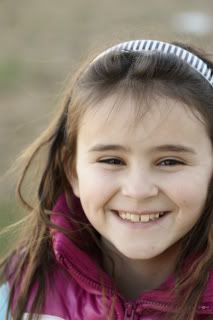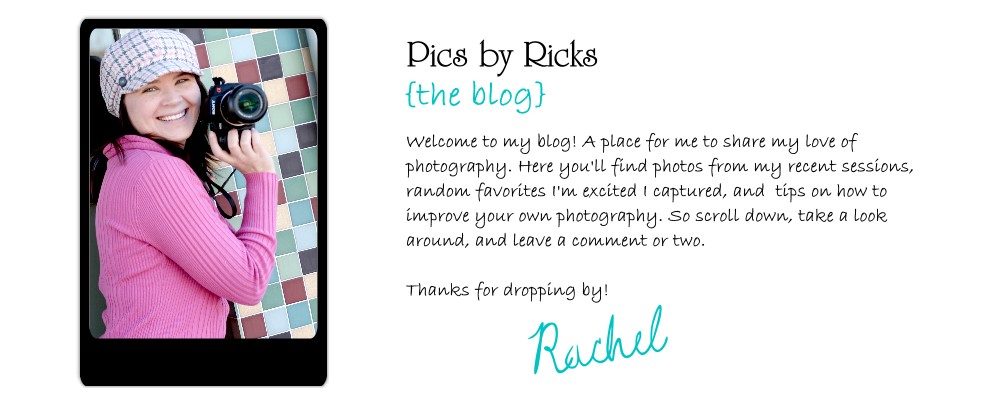Indoors is where we are most often stuck with bad lighting conditions and we are forced to use flash. Here are some tips from the Two Peas lesson info on how to get better photos indoors while using on camera flash.
Consider distance -
move your subjects as far away from walls as possible
keep your subjects 5-6 feet in front of you
your subject usually needs to be no further than about 10 feet
Consider glare -
pay attention to the surfaces infront of you...glass, shiny, or mirrored surfaces will reflect
for eyeglasses, have the person tilt them down slightly
Flash can also help with photos outdoors.
Even when you're outdoors you can run into situations where your subject's eyes are completely shadowed because the light source is too high or your subject is slightly in the shade while the rest of the scene is well-lit. This is where your flash will come in handy.
So here's the challenge this week:
What can you do to eliminate shadows in outdoor photos?
You can use almost any shooting mode (such as AV or portrait) to accomplish parts 1 & 2, as long as the mode allows you to turn on your flash.
1. Use fill flash to "pop" colors on a gray day.
This one should work well with winter! Take a photo of your subject outdoors without the flash. Then manually turn on the flash for your camera so that it fires when you're taking a photo. (It helps to have a colorful subject or setting for this part of the challenge.)
2. Use fill flash to eliminate dark shadows on the face on a bright day.
Take a picture of a human subject outdoors in the sunshine without the flash. Then manually turn on your flash. (Your camera is going to think you're crazy since it knows that it already has enough light on a sunny day, so double check to make sure that your flash is going off before taking the second photo of your subject.)
3. Use fill flash to combat backlighting on a shadowed subject.
This challenge works best if your subject is in a shadow, or not as brightly lit as the background and surroundings. You will get the best results if you do this option in manual mode. The best thing to do is to manually turn on your flash on the camera, then meter on the brightest area of the photo you wish to take. Set your exposure meter for the bright area. Then recompose to focus on your subject and press the shutter. Ideally, your flash will fire, giving light to your subject while the camera takes care of the background. Your camera will expose the brighter area of the photo correctly and your flash will fire enough to expose your shadowed subject correctly. Now turn off your flash and take the photo again without the fill flash.
This is an example of using flash on a cloudy day. On the left with no flash. On the right with flash.


I'm still learning about using flash and how flash can be my friend. I just recently purchased an external flash and I'm so excited to learn to use it, especially for indoors! I've been playing around with it today and was so happy with the results. Practice, practice, practice.
Most of the info I shared in this post was from the Two Peas course 12 Weeks to Better Photos.
Happy shooting!





13 comments:
What a great example! I am going to have to play more with my flash!
Cari
It's fun learing something new isn't it...especially when you get good results. The flash made quite a difference in your before and after shot. tfs
Great example. I need to learn more about using the flash
Great tutorial...thanks for sharing!!!
Side by side it makes such a difference! I like my external to bounce indoors but I'm still not a huge fan of the flash outdoors but it some cases I know it needs it. Glad we are learning more everyday!
Nice example-maybe I'll have to rethink my stance on flashes.
wonderful job! i have been using my flash alot lately and have been so happy to nOt miss those photos i would have missed before!
tara
Great example! Thanks for sharing.. this newbie appreciates it!!
Very nice! I really need to learn more about my flash!
Very nice! I really need to learn more about my flash!
I love the one with flash, the colors are nicer. Great use of flash, thanks for sharing your example!
Great example! Makes me want to take out my flash and play!
Great examples, you give me inspiration to use my flash more :)
Post a Comment